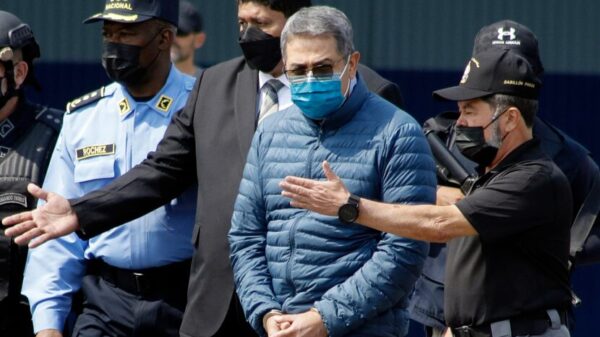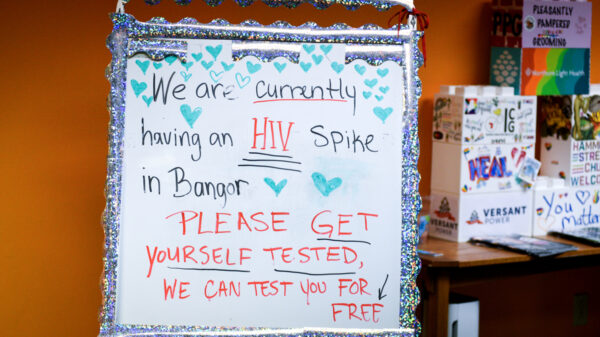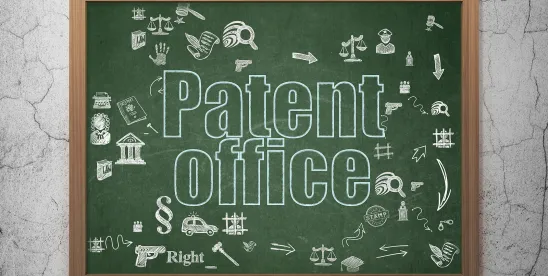The Federal Circuit has denied a petition from Motorola Solutions, Inc. seeking a writ of mandamus to reverse the U.S. Patent and Trademark Office’s (USPTO) discretionary denial of inter partes review (IPR) petitions related to eight patents held by Stellar, LLC. The decision highlights the impact of recent changes in USPTO policy and the implications for future patent litigation.
Motorola’s IPR petitions, filed in July and August 2024, included a Sotera stipulation, where the company agreed not to raise specific invalidity claims in district court that were either raised or could have been raised in the IPR process. In August 2023, Stellar initiated a lawsuit against Motorola in the district court, prompting Motorola’s subsequent petitions for IPR.
Initially, the Patent Trial and Appeal Board (PTAB) accepted both sets of IPR petitions for review. However, following a change in administration and the rescission of the June 2022 Memorandum by then-Director Katherine Vidal, the new Acting Director, John Squires, reevaluated the situation. On February 28, 2024, Squires rescinded the memorandum, which had previously advised against discretionary denials when a petitioner filed a Sotera stipulation.
Using the Fintiv framework, which assesses the appropriateness of IPR institution based on various factors, Squires determined on March 28, 2024, that continuing with the IPR would not be an efficient use of agency resources given the parallel district court case. The second set of IPRs was similarly deinstituted on May 23, 2024. Following the denial of its motions for reconsideration, Motorola sought intervention from the Federal Circuit.
The Federal Circuit’s ruling on November 6, 2024, concluded that Motorola failed to demonstrate a protected property interest or constitutional right to have its IPR petitions considered without regard to the Fintiv factors. The court clarified that the Vidal Memorandum did not create a nondiscretionary entitlement, stating that its interim guidance could be altered at any time.
In its analysis, the court highlighted that reliance on interim guidance does not confer a due process right. The ruling emphasized that Motorola was aware of the potential for discretionary denial based on Fintiv when it filed its petitions. Furthermore, the rescission of the memorandum did not hinder Motorola from asserting its patentability defenses in the district court, consistent with its own Sotera stipulation.
Regarding arguments based on the Administrative Procedure Act (APA), the court determined that Motorola could not use mandamus to contest the rescission as requiring notice-and-comment rulemaking or as arbitrary and capricious. The court referenced the precedent set in Apple v. Vidal, which allows for APA challenges to USPTO rulemaking, but noted that this does not authorize mandamus relief for reinstating institutions.
The implications of this ruling for practitioners are significant. It reinforces that the outcomes of institution-stage decisions largely remain insulated from appellate review, even when the director modifies or rescinds interim guidance regarding discretionary denials. While Sotera stipulations retain considerable value, their effectiveness may vary based on the specifics of each case and future USPTO guidance.
As patent practitioners navigate this evolving landscape, careful consideration of IPR timing and content in relation to the Fintiv factors is essential. Factors such as the proximity of trial dates, investment in the district court case, and the overlap of issues should guide strategic decisions. Coordination between district court strategy and PTAB practices will be critical, particularly in light of accelerated district court schedules and the ongoing risk of discretionary denials.





































































